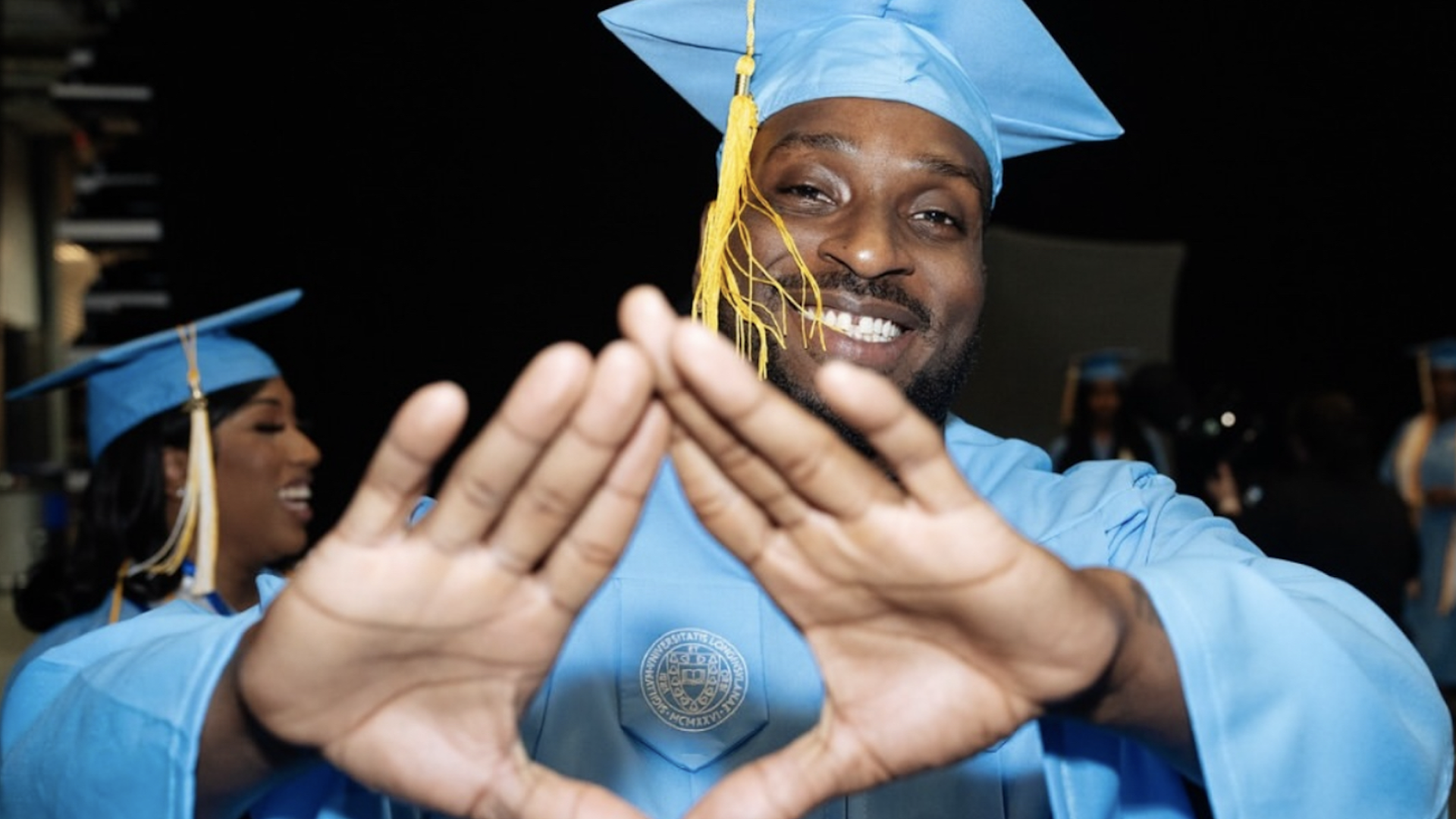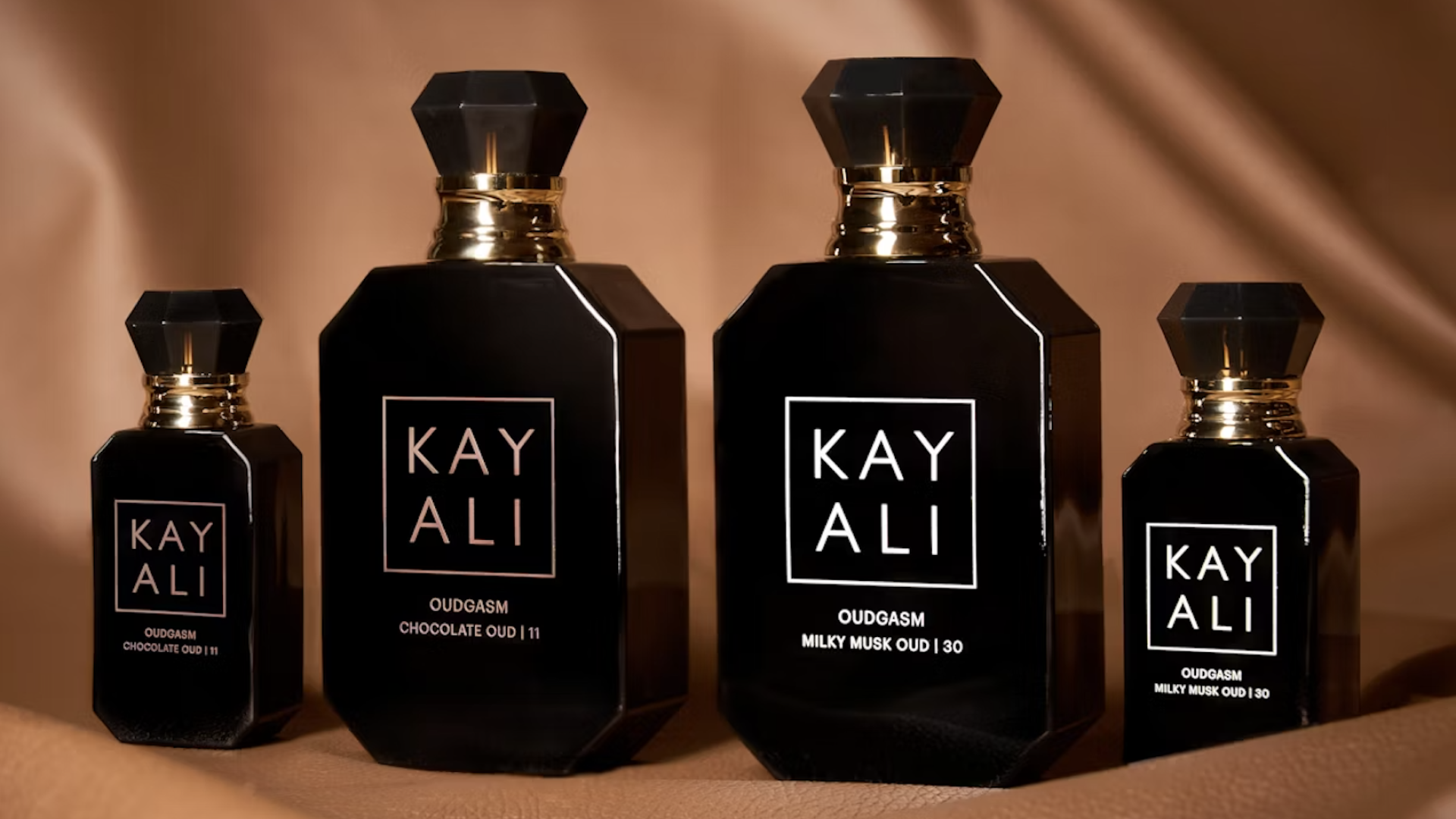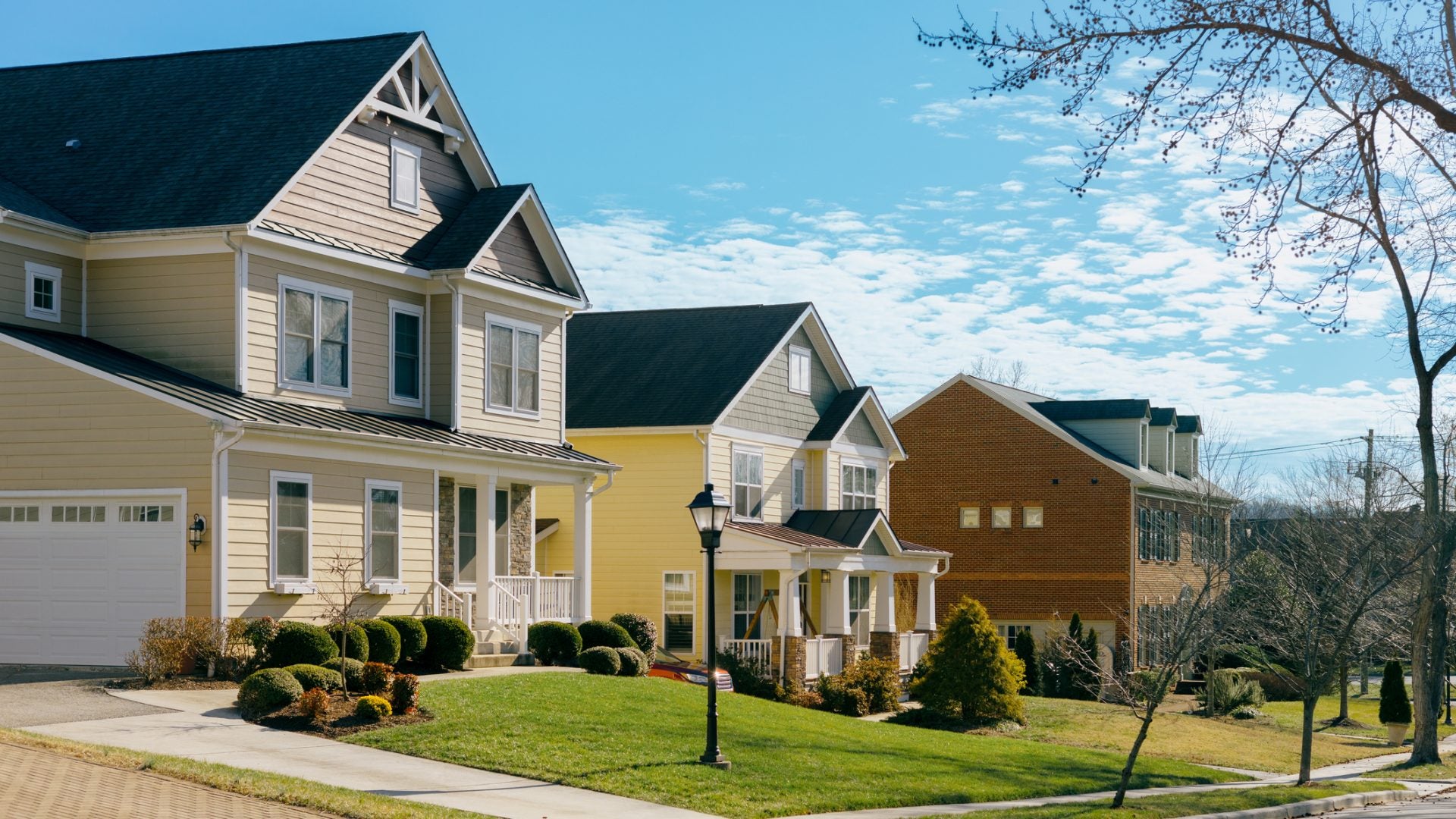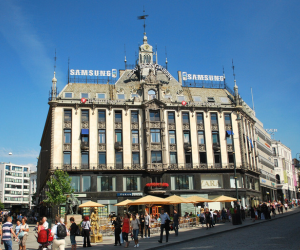The Beat Of Baltimore
When most people think of Baltimore, the city’s historical legacy is what comes first to mind—the Revolutionary War landmarks, the shadow of Fort McHenry, and the cobblestone streets that whisper […] The post The Beat Of Baltimore appeared first on Essence.

 (Photo by Craig Hudson for The Washington Post via Getty Images)
(Photo by Craig Hudson for The Washington Post via Getty Images) When most people think of Baltimore, the city’s historical legacy is what comes first to mind—the Revolutionary War landmarks, the shadow of Fort McHenry, and the cobblestone streets that whisper of America’s early days. But for me, beneath those well-worn narratives lies something far more compelling: Baltimore as a Black city, unashamed and unfiltered, where culture doesn’t just exist in the background—it’s the canvas, and the connective tissue.
Yes, the city knows its way around a good crabcake—something every visitor is obliged to try—but the scenery goes beyond the plate. I wandered from the Old Town charm of Fells Point, where the harbor sparkles against brick facades, to Rye Street Tavern, where a dinner that stretched long into the evening ended with a quick lesson in the Park City Strut. The dance—part joy, part heritage—felt like the city itself: rooted, and communal.
Baltimore, in many ways, is a city in transition. Just across the harbor, Under Armour’s headquarters anchors the Peninsula, a growing industrial district being reimagined with sleek new hotels and apartment complexes, including my stay at ROOST Baltimore. From the promenade you can watch Naval and Coast Guard ships docked against the horizon—a juxtaposition of grit and polish that captures the city’s character. It’s also where I was caught off guard by a massive flatscreen flashing Atlanta rapper Gunna, now an Under Armour ambassador after his release from prison. Seeing his image loom over the waterfront underscored how Baltimore both embraces global Black culture and threads it seamlessly into its own story.
History, too, runs deep here, often in places you wouldn’t expect. Baltimore is the birthplace of Thurgood Marshall, the first Black Supreme Court Justice, and home to countless other civil rights leaders who deserve more shine. The city doesn’t shy away from its history, even the harder chapters, and it wears its legacy proudly. That honesty is part of what makes Baltimore so distinct.
Abiding by my own travel rules, I sought out a bookstore and a vinyl shop—two portals into the soul of any city. The Sound Garden, Baltimore’s beloved record store, offered treasures: J Dilla’s Donuts and Knowledge’s album, proof that Black music here is not only preserved but celebrated.
What struck me most, though, is how Baltimore refuses to be neatly folded into the DMV identity. It stands on its own, boldly and unapologetically. Its greatest export—outside of sheer pride—is its art and culture. You see it painted across rowhouse murals, hear it in the cadence of Baltimore club beats, and feel it on game day at Camden Yards when the Orioles take the field.
That unapologetic Blackness is also shaping the city’s future. Harborplace, once a mall now in flux, is slated for a renovation by 2030 and already serves as a hub for Black-owned businesses. The Baltimore Cycling Classic has begun weaving inclusivity into its gears, with Olympians spotlighting local initiatives like B-360.
 BALTIMORE, MD – MAY 30, 2015: A teenager rides a wheelie on his bicycle in front of the renovation project, The Centre on W North Avenue, owned by Jubilee Baltimore, Inc., in Station North Arts District, Baltimore, Md. (Photo by Lance Rosenfield for The Washington Post via Getty Images)
BALTIMORE, MD – MAY 30, 2015: A teenager rides a wheelie on his bicycle in front of the renovation project, The Centre on W North Avenue, owned by Jubilee Baltimore, Inc., in Station North Arts District, Baltimore, Md. (Photo by Lance Rosenfield for The Washington Post via Getty Images) B-360 is one of the city’s most inspiring culture-shifters, utilizing dirt bike culture to end the cycle of poverty, disrupt the prison pipeline, and build bridges in communities. Through STEM education, career preparation, and community events, the organization equips young riders with the skills to secure future opportunities while changing negative perceptions of dirt bike culture. The work is both practical and visionary: repairing relationships, opening new pathways, and using a pastime often criminalized in other cities as a catalyst for change. Watching the dirt bike kids show off their skills along the finish line of the Classic wasn’t just thrilling—it was transformative. Here, in Baltimore, dirt bikes aren’t a threat. They’re the spark of possibility.
Even sports carry Baltimore’s unmistakable rhythm. At a recent WNBA matchup between the Washington Mystics and the Indiana Fever—relocated to Baltimore—the arena thumped with remix beats that could only belong to this city. Governor Wes Moore sat in the stands, while halftime belonged to New Orleans legend Big Freedia, who turned the game into a celebration of bounce, joy, and Black culture.
Football, of course, is religion in Baltimore. At a Ravens watch party, the energy was palpable—the kind of collective electricity only a city like this can produce. I couldn’t leave the stadium without picking up a Lamar Jackson jersey, a piece of Baltimore pride stitched into fabric.
To summarize: I left Baltimore—or, as the natives say with love, Baldamore—with vinyl records from Black artists tucked under my arm, more history in my head about one of my favorite shows, The Wire, and that fresh Lamar Jackson jersey. It truly doesn’t get much better than that.
Baltimore is often called gritty, sometimes misunderstood, but what I discovered is a city of motion. Motion in its history, motion in its rebuilding, motion in its music and dance. A Black city through and through, unapologetic about its beauty, its legacy, and its future. And if you’re lucky enough to walk its streets, taste its food, or catch the rhythm of its two-step, you’ll understand—Baltimore is not just to be visited. It’s to be experienced.
The post The Beat Of Baltimore appeared first on Essence.






















